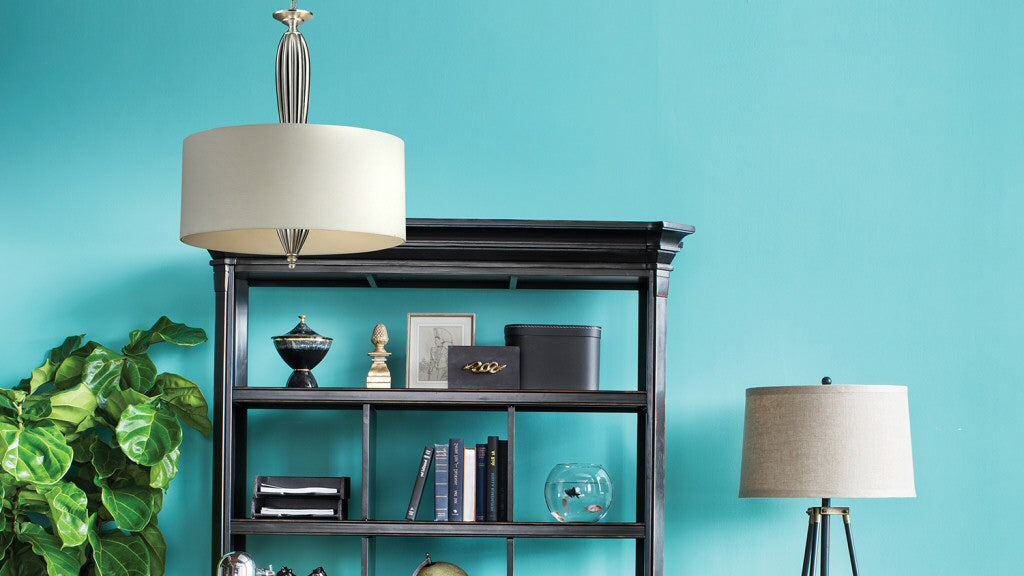
Comply with California Title 20
Search
On Jan. 1, 2010, the California Title 20 requirements for lamps and portable luminaries went into effect. Title 20 is the law in the state of California.
Part of a far-reaching state mandate issued by the California Energy Commission governing appliance efficiency regulations, Title 20 has put into place formal requirements for lighting retailers in the state, and manufacturers across North America that do business with California customers.
The lighting-related goals behind Title 20 — passed in December 2008 — are to reduce average statewide electrical energy consumption by not less than 50 percent from the 2007 levels for indoor residential lighting, and not less than 25 percent from the 2007 levels for indoor commercial and outdoor lighting by 2018.
The state law offers five options for complying with its energy-efficiency requirements:
- Nicknamed “bulb-in-a-box,” the first provision requires that manufacturers include a LED (or compact fluorescent lamp) in the product packaging so that a standard screw-based socket can continue to be used in the lamp, but the lamp would be considered energy efficient. This option is necessary for some manufacturers who want to keep the screw-based lamp that the consumer is familiar with, versus designing around a dedicated fluorescent base. If the portable lamp has a three-way socket or dimming socket, then the bulb in the box has to be compatible with that as well.
- The second pathway is to build a portable lamp with a dedicated fluorescent socket and valise, necessarily resulting in a portable fluorescent lamp.
- The third option is to make a portable lamp with a new kind of socket — GU 24 — which cannot be used with incandescent lamps. That makes the socket compatible only with compact fluorescents. Equipping the portable lamp with a LED light engine that plugs in, screws in or are self-contained and meet certain efficiency requirements is the fourth option.
- Last but not least, portable lamps can be equipped with a single-ended non-screw based halogen lamp socket. This can be a standard or low voltage light source, but the lamp must have a dimmer, or high/low control and the maximum wattage allowed is 100W.
There are two noteworthy exceptions. Portable wall-mount adjustable — also known as swing-arm lamps — can be sold as is without a bulb-in-the-box requirement. But the lamp is now limited to 57W through 2011, and 43W after that. Single-socket picture lights have a maximum wattage of 25W. If they have multiple sockets, the maximum allowed dips down to 15W.
Explore Topics
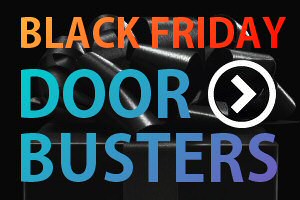
Shopping Ideas
Trending

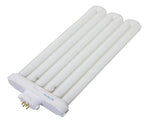

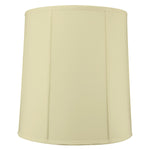


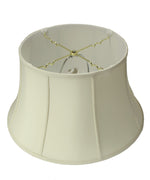



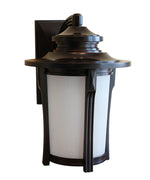





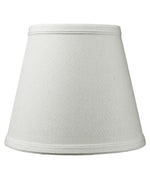
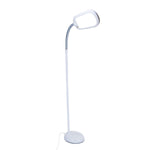

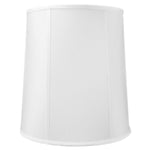



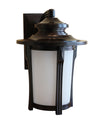


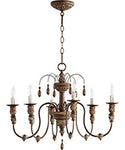
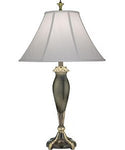

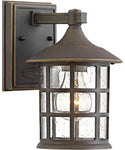

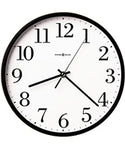

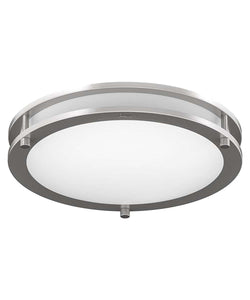
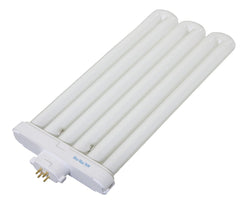
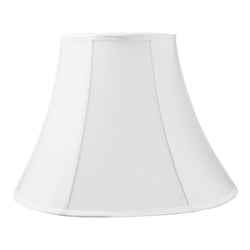
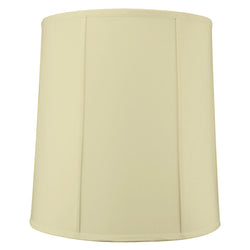
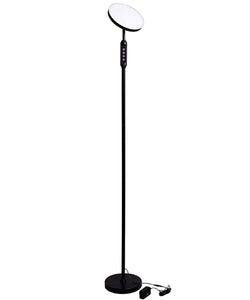
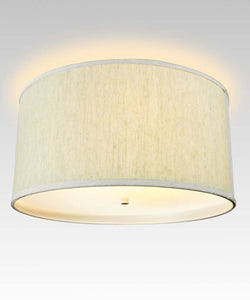
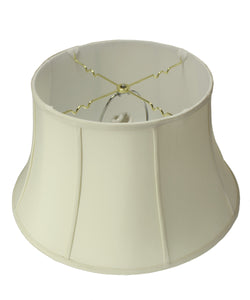


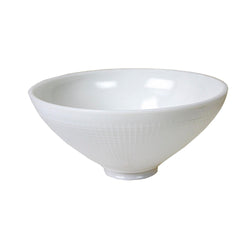
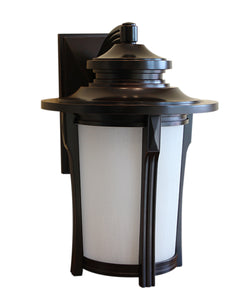
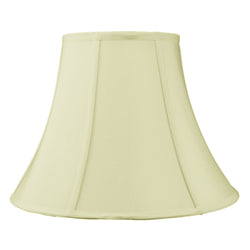
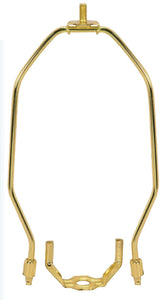



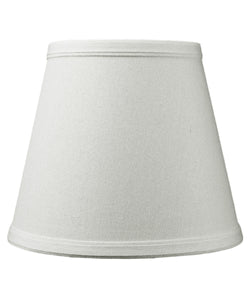
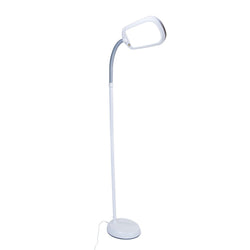
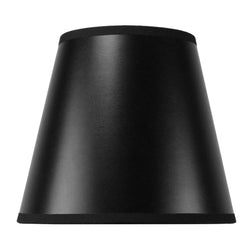

Comments